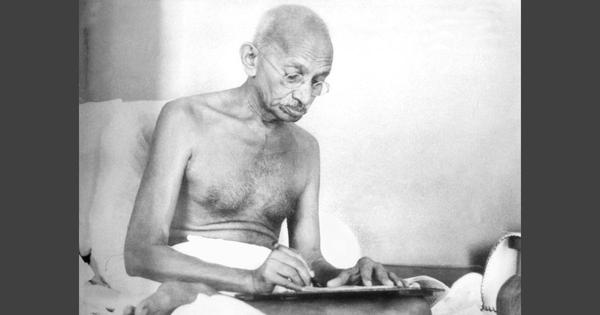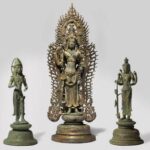How Gandhi’s focus on documentation influenced protest movements and leadership during the freedom struggle.
The role of fact collection and report writing in India’s freedom struggle was crucial, particularly as an intellectual foundation for various protest movements. Popular narratives often depict Mohandas Gandhi as a figure of eccentricity, overshadowing his systematic and pragmatic approach. Among his practices, Gandhi was known for his punctuality, meticulous accounting, and thorough documentation, the last of which is often the least recognized yet significantly impactful.
Gandhi’s emphasis on documentation fostered a rich archival legacy and introduced a new leadership model for Indian freedom fighters in the early 20th century. The collection of facts and report writing became vital tools for compelling colonial authorities to respond to crises, whether natural or man-made. Such activities served as a springboard for broader movements within the independence struggle and also aided in garnering public support and resources from newly established civil society organizations.
A notable illustration of this method is the Champaran Satyagraha, which was rooted in extensive fact collection and report writing. In 1917, Gandhi’s team meticulously gathered testimonies from farmers subjected to forced indigo cultivation, ultimately leading to the abolishment of the oppressive Teenkathia System. However, Gandhi’s approach transcended mere bureaucratic procedures. He viewed the fact-collection process as a transformative experience for the farmers, recognizing the therapeutic value of sharing their narratives, even if many accounts mirrored each other.
During this endeavor, Gandhi implemented a vetting process for the farmers’ testimonies, ensuring the integrity of the reports. His interactions with a CID officer monitoring the exercise were marked by courtesy, showcasing Gandhi’s commitment to transparency and respect, while also alleviating the farmers’ apprehensions. Additionally, he maintained a balanced approach by communicating with plantation owners, seeking to understand their perspectives as well.
Gandhi’s meticulousness extended to his personal organization, as he always had a secretary to manage his extensive correspondence and documentation. The individuals who served in this capacity—like Mahadev Desai and Pyarelal Nayyar—later gained recognition in their own right. The success of the Champaran initiative set a precedent, influencing subsequent generations of non-violent activists.
For instance, during the major floods in Balasore in the late 1930s, a group led by Harekrushna Mahtab undertook the task of fact-finding and report writing, despite facing dire conditions. Their efforts were crucial in challenging the colonial narrative downplaying the devastation and ultimately secured material support for the affected regions. This instance highlights how grassroots documentation not only raised awareness but also pressured the government into acknowledging the realities faced by the populace.
Gandhi’s influence on documentation persisted even after Independence, as exemplified by the formation of the Riot Distressed Odia Enquiry Committee in response to the 1946 riots in Calcutta. The commitment to fact collection and report writing remained a hallmark of Gandhian leaders, reinforcing the belief that no event associated with the movement was too minor to warrant documentation. This legacy underscores the enduring significance of Gandhi’s meticulous approach to documentation in shaping India’s path to freedom.








